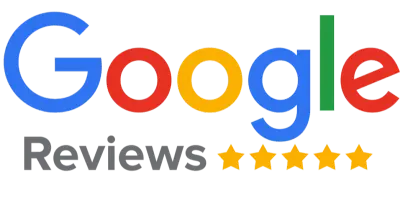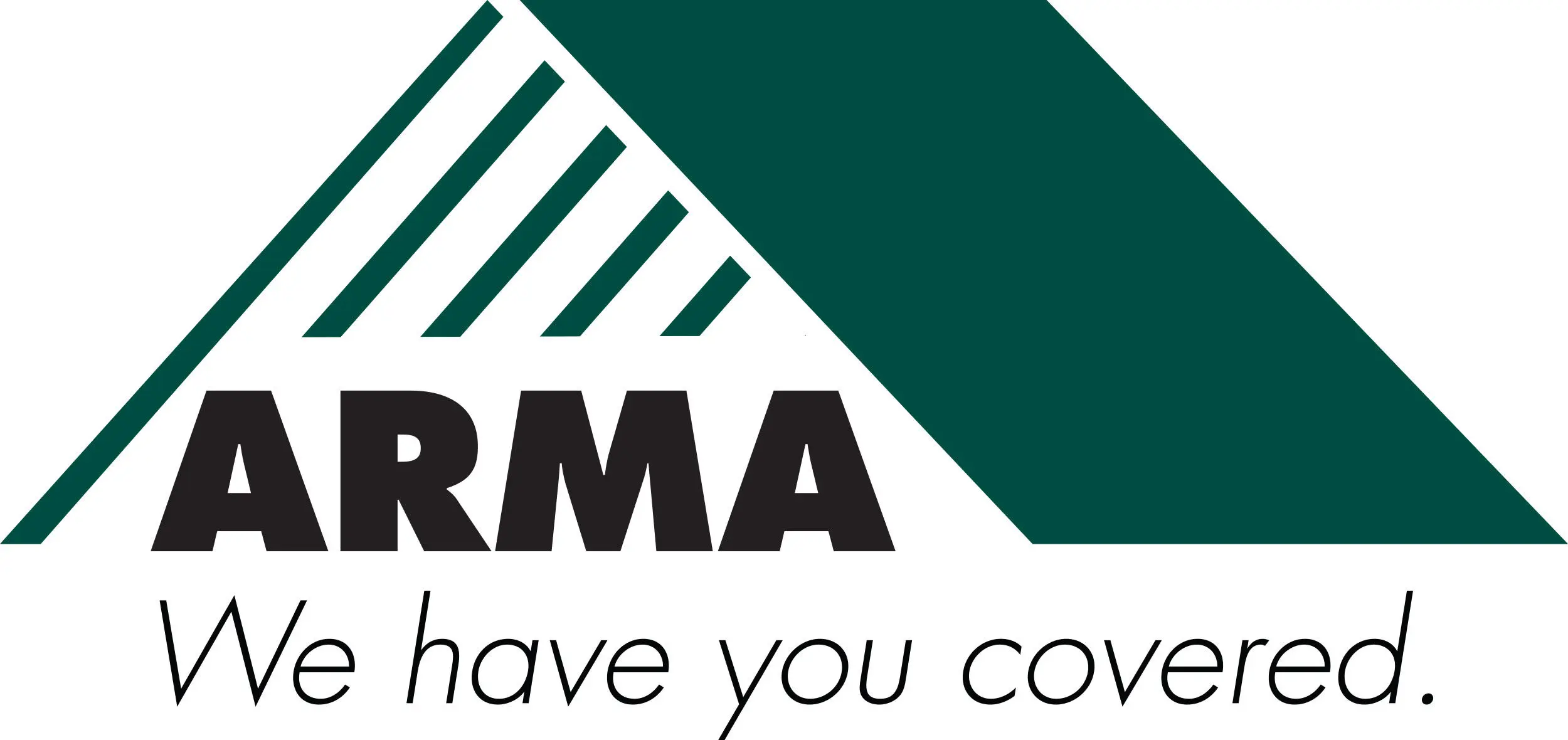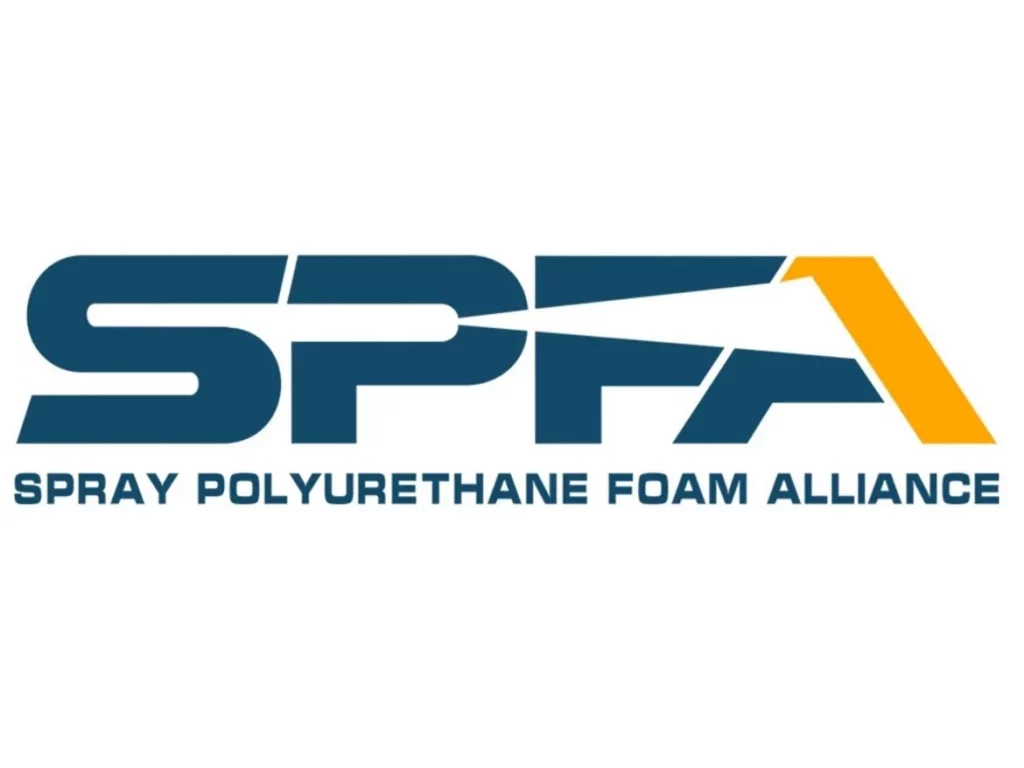Spray foam insulation significantly lowers energy bills over time by reducing air leakage, increasing thermal resistance, and improving HVAC system efficiency. The upfront installation cost is offset by long-term savings in heating and cooling, often leading to a full return on investment within 3 to 7 years for residential and commercial properties.
Property owners in Kansas, including Wichita’s humid subtropical climate, benefit from spray foam’s ability to resist moisture intrusion, preventing mold and structural damage. This leads to fewer repairs, improved indoor air quality, and extended lifespan of HVAC systems.
Arma Coatings of Wichita has over a decade of hands-on experience applying spray foam across metal buildings, pole barns, and residential structures. Results have consistently shown measurable reductions in energy consumption when properly installed.
Technical Performance and Material Specifications
| Feature | Open-Cell Foam | Closed-Cell Foam |
|---|---|---|
| R-Value per inch | ~3.5 | ~6.0 |
| Air Barrier | Yes | Yes |
| Vapor Barrier | No | Yes |
| Sound Dampening | High | Moderate |
| Expansion Rate | High (100x) | Low (30x) |
| Structural Rigidity | Low | High |
| Water Resistance | Moderate | High |
Long-Term Energy Efficiency
Spray foam helps minimize thermal bridging and blocks unwanted air infiltration. In homes that are newly built or upgraded with spray foam insulation, heating and cooling systems typically run more efficiently. By sealing gaps and cracks, spray foam significantly reduces energy loss and improves indoor comfort.
Commercial buildings using spray foam report similar results. A Wichita-based warehouse insulated by Arma Coatings of Wichita documented in heating energy demand within the first year.

Reduced Maintenance and Structural Protection
Closed-cell spray foam increases wall and roof strength, adding racking resistance to structures. It bonds tightly to framing, limiting moisture ingress that leads to rot or mildew. In humid regions, this stability reduces repair costs tied to framing deterioration and insulation settling.
Bonus Tip: In metal barns and shops, spray foam prevents condensation by stabilizing interior temperature, avoiding rust on stored equipment and tools.
Market Trends and Resale Value
Energy-efficient buildings tend to attract more attention in the real estate market. Features that improve a home’s efficiency are often emphasized in appraisals and listings, especially in places like Kansas, where heating and cooling play a significant role in overall energy use.
Spray foam insulation can contribute toward ENERGY STAR® and LEED® certification points, increasing the asset value of commercial and new construction properties.
Things to Consider Before Making a Decision
- Building Type: Metal, pole barn, wood-frame, or CMU block structures have different insulation needs.
- Climate Conditions: Kansas sees hot summers and cold winters; high R-value, vapor-resistant insulation is more effective year-round.
- Budget and ROI Expectations: Initial cost is higher than fiberglass but returns come from energy and maintenance savings.
- Ventilation Adjustments: Spray foam seals tightly, requiring properly designed mechanical ventilation.
- Installation Access: Spray foam requires professional setup and preparation, especially in retrofits.
Most Relevant Services Offered by Arma Coatings of Wichita
- Closed-Cell Foam Insulation: Delivers high R-values and moisture protection ideal for Kansas humidity.
- Metal Building Insulation: Stops condensation, reduces heat loss, and strengthens structure walls.
- Residential Foam Insulation: Helps homeowners cut utility bills while improving indoor comfort.
- Pole Barn Spray Foam: Used to maintain temperature and prevent rust or decay in agricultural storage.
Common Questions People Ask Before Choosing Spray Foam
Is spray foam worth the higher cost?
Yes, for properties needing long-term savings and moisture control. Payback often occurs within a few years.
Which type of spray foam is better for Kansas homes?
Closed-cell is preferred in extreme conditions due to its moisture resistance and insulation strength.
Does spray foam make ventilation systems obsolete?
No. A well-sealed home still requires mechanical ventilation to maintain indoor air quality.
Can spray foam be applied in existing homes?
Yes. Retrofit applications are common, especially in attics, crawlspaces, and rim joists.
Get Expert Insulation Guidance
For long-term performance and cost efficiency, spray foam insulation is a strong investment for residential, commercial, and agricultural structures in Wichita.
Contact Arma Coatings of Wichita for site-specific assessments and guidance:
Phone: (316) 755-9100 Email: [email protected]
FAQ
How long does spray foam last once installed?
Closed-cell spray foam can last over 30 years without degradation if installed properly.
Is spray foam insulation safe indoors?
Yes, after curing. Professional installers ensure proper application and off-gassing control.
How does spray foam affect HVAC system size?
It often allows for downsized HVAC systems, saving on equipment costs and energy.
Does it qualify for rebates or tax incentives?
Yes, depending on state and federal programs. Check local energy efficiency rebate listings.





